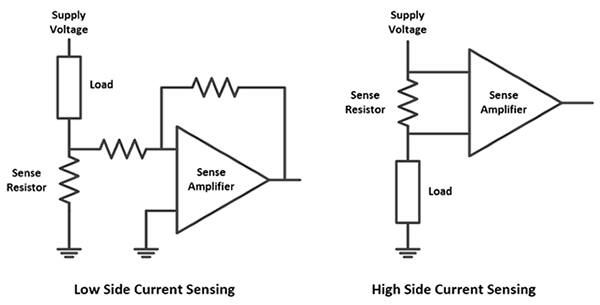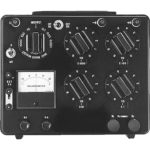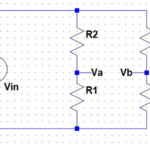Novice engineers usually don’t learn about this problem and its solution in school, but “practicing” ones learn about it soon enough!
Problem: I need to determine the change in resistance of a low-resistance sensor located many meters away. My plan was simply to apply a known voltage across the thin-wire sensor leads and measure the current. Then by using Ohm’s Law (Resistance = Voltage/Current or R = V/I ) I could easily calculate the sensor resistance. However, the nominal resistance and temperature coefficient of the sensor leads are affecting the reading and causing errors that I cannot calibrate. What should I do?
Solution: Use Kelvin 4-wire sensing to solve this common problem (named after Sir William Thomson, 1st Baron Kelvin, a British mathematical physicist and engineer who was born in 1824). To do this, use a current source to provide a known current to the sensor via its existing leads. Then add two other leads at the sensor to read the voltage across it via a high-impedance meter or buffer amplifier (Figure 1). Use Ohm’s law again, but with the known current and measured voltage. With this four-wire arrangement and at the cost of two non-critical voltage-sensing wires, the resistance of the sensor’s leads does not enter into the equation.
Fig 1: To solve the problem of resistance in sensor leads affecting the measurement accuracy, use a four-wire Kelvin arrangement which puts a known current from A to D through the sensor R, and then reading the voltage across the sensor at B-C via two added leads using a high-impedance meter or buffer amplifier. (Image: Texas Components Corporation)
To minimize self-heating of the sensor and possible related errors, use as low a current as possible while providing a sufficient voltage across the sensor. In most cases, the maximum voltage across the sensor will be between 1 to 10 V.
Note that a variation of this technique is often used to measure the current to a load such as motor, using a low-value sense resistor in series with the load (Figure 2). For load-current sensing, you use a known resistor, usually on the order of an ohm or less and often in the milliohm range. Then measure the voltage across it using a differential buffer amplifier (which may need to be electrically isolated from the rest of the circuit) and use Ohms law again, but this time with I = V/R.
Fig 2: A variation on the Kelvin arrangement is used to measure current through a load using a sensor resistor placed between the load and ground (low side) or supply and load (high side). (Image)
The Kelvin 4-wire technique is yet another example of how engineers use clever topologies to overcome sources of error rather than by trying to make things perfect (here, that would be having zero resistance in the sensor leads). Instead, engineers develop ways to have the sources of error “drop out” of the equations. Another good example is a ratiometric design such as the Wheatstone bridge which uses resistance ratios rather than absolute resistance values.
EE World References
Accurately Power Consumption with Kelvin Configuration
Advancements create easy-to-use sensors
Wheatstone bridge, Part 1: Principles and basic applications
Wheatstone bridge, Part 2: Additional considerations
SiC 1.2-kV FET comes in TO-247-4L 4-leaded Kelvin Sense discrete package
Range of Crocodile Clips and Kelvin Connectors
Surface mount shunts with Kelvin terminations available in 1 mΩ resistance





